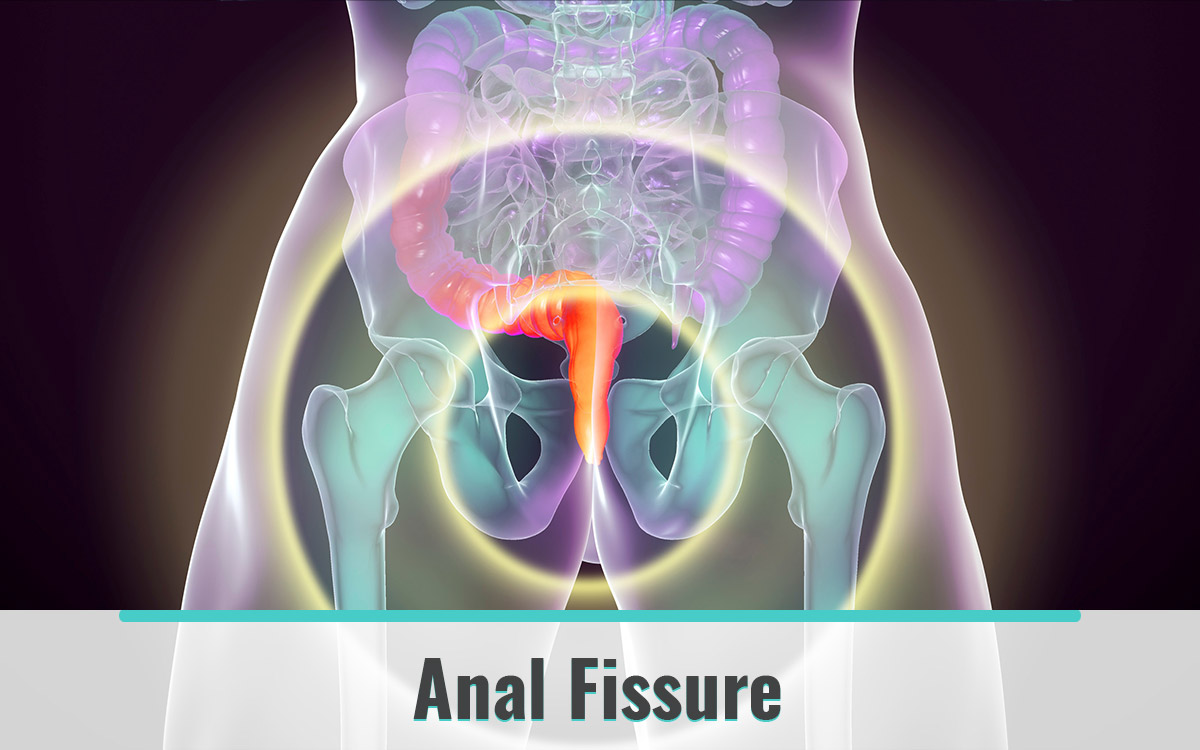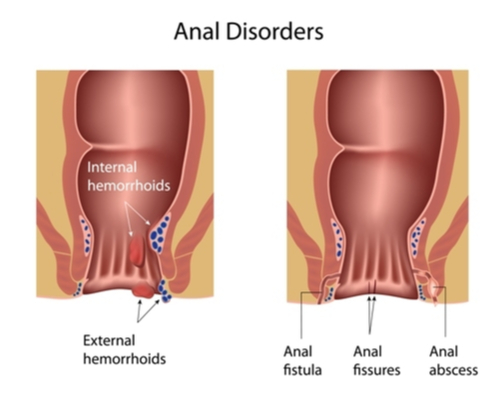


How can it be treated?
- Most of the fissures can be treated with simple lifestyle changes such as avoiding constipation and keeping stools soft.
- 0.2% GTN ointments that help to relax the anal sphincter help improve the blood supply to the region and can help with healing of the wound but may cause headache as a side effect. This can be relieved by taking paracetamol half an hour before using the cream. The second ointment is Diltiazem and the most common side effect of using this is itching around the back passage. These treatments need around 6-8 weeks to work and a second course may be required.
What does surgery involve?
- Botox Injection
Injecting botox around the anal sphincter can help relax the muscle spasm and allow the fissure to heal. Repeated injections may sometimes be required. A common side effect is inability to control the passage of wind immediately after the injection and leakage of stool. - Lateral Sphincterotomy
This operation involves division of a part of the muscle of the anal canal muscle complex. This helps in relieving the muscle spasm, thus improving the blood supply to the region allowing the fissure to heal. This rarely results in loss of bowel control and maybe needed if Botox injection fail.
For further information
https://www.nhs.uk/conditions/Anal-fissure/ Pages/Introduction.aspx





 Youtube Channel
Youtube Channel